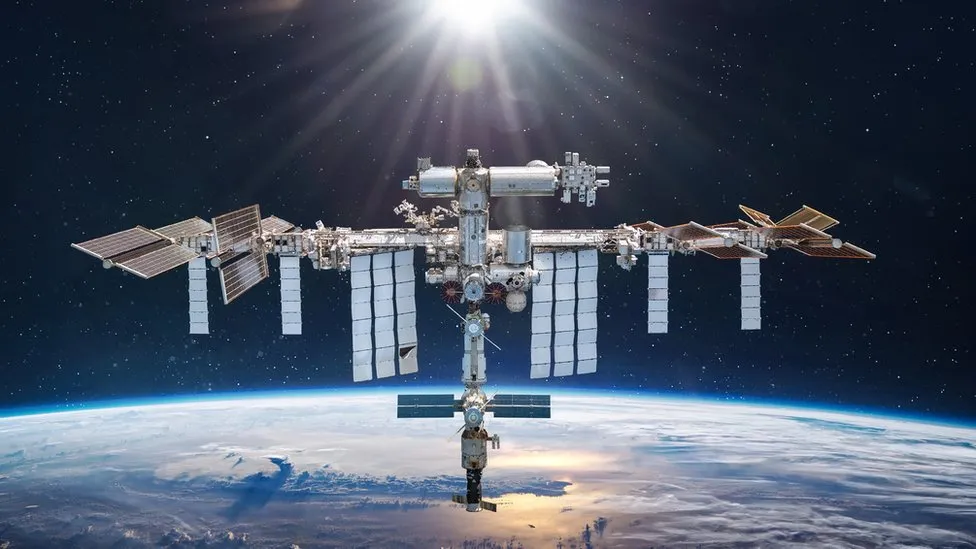Surrey scientists to help build zero gravity space fuel system
Introduction:
In a groundbreaking collaboration between the University of Surrey and Atout Process Ltd., space engineers are developing the Smart Tank for Space (SMARTTS), a revolutionary fuel gauge set to be tested aboard the International Space Station (ISS). This cutting-edge technology aims to accurately measure fuel levels in zero gravity using electrical sensors, potentially transforming the efficiency and cost-effectiveness of space missions.
The Challenge of Measuring Fuel in Zero Gravity:
Traditional fuel gauges, like those found in cars, prove ineffective in zero gravity environments. In space, alternative techniques based on estimates and calculations are employed, leading to potential errors and the absence of real-time information. Consequently, mission designers are forced to account for these uncertainties by including extra fuel reserves, incurring significant associated costs.
The SMARTTS Solution:
The SMARTTS system offers a game-changing solution to this challenge. By utilizing electrical sensors, this innovative fuel gauge is designed to provide accurate and real-time measurements of fuel levels in zero gravity. Atout Process Ltd., the company spearheading the project, has enlisted the expertise of space engineers at the University of Surrey's Surrey Space Centre.
The Role of Surrey Space Centre:
As a prominent center for space sciences in the UK, the Surrey Space Centre has been awarded £400,000 in funding from the UK Space Agency to support the development of SMARTTS. The collaboration leverages the state-of-the-art facilities available at the Surrey Space Centre, allowing for the construction of the SMARTTS tank in 2024, with plans for delivery to the ISS in 2025.
Professor Keith Ryden, director of Surrey Space Centre, highlighted the limitations of current fuel measurement methods in space. "Gauges like those used in cars don't work in zero gravity, so alternative techniques are used in space, which rely on estimates and calculations," he explained. "SMARTTS could be a real game-changer in the space sector, saving money and opening doors to new industries, and we're keen to see how they operate in orbit."
Potential Impact:
The successful implementation of SMARTTS could have far-reaching implications for space exploration. The ability to accurately measure fuel levels in real-time would not only enhance mission efficiency but also reduce the need for excess fuel reserves, ultimately lowering mission costs. This technology holds the potential to open doors to new possibilities in the space industry, paving the way for more ambitious and cost-effective space missions.
Conclusion:
The collaboration between the University of Surrey and Atout Process Ltd. on the development of the SMARTTS fuel gauge represents a significant stride forward in space exploration technology. With the potential to revolutionize how fuel levels are measured in zero gravity, SMARTTS could usher in a new era of efficiency and cost-effectiveness in space missions. As the tank is set to be delivered to the International Space Station in 2025, the space community eagerly anticipates the impact of this innovative technology on the future of space exploration.



0 Comments